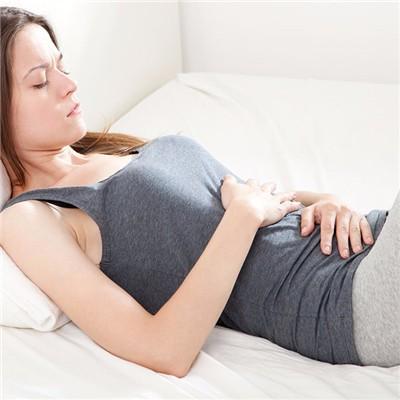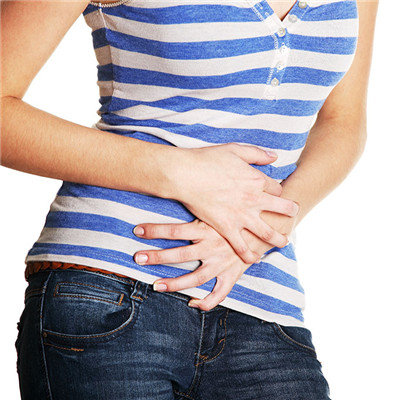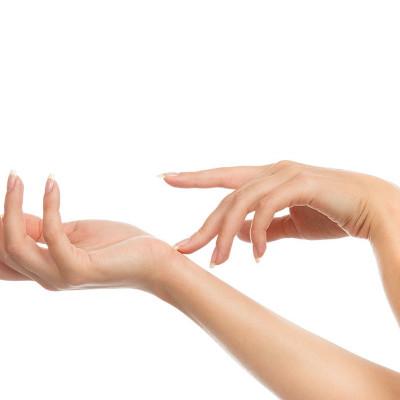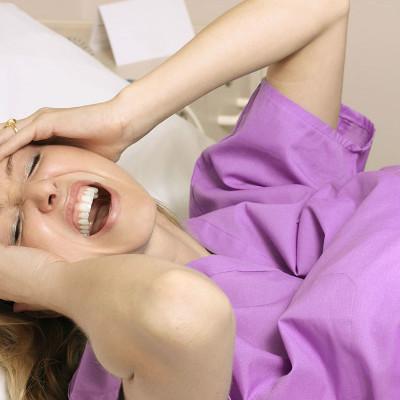What symptom can Department of gynaecology check?
summary
Although many girls now have routine gynecological examination every year, there are still a large number of women who insist that "if they can bear it, they can bear it", especially unmarried women who have sex life. It is easy to ignore gynecological problems and gynecological examination. When the problem is serious, it is too late to see a doctor. Many women who are found to have advanced cervical cancer in their twenties are typical representatives. So, what symptom can Department of gynaecology check? Let's talk about it.
What symptom can Department of gynaecology check?
1. Before 8 years old, there were vaginal bleeding, breast enlargement, pubic hair growth and other phenomena. 2. No menstruation after 18 years old. 3. Amenorrhea for more than half a year after menarche, or sudden amenorrhea for more than two months in the past.
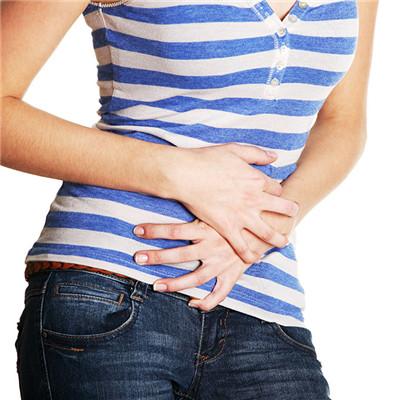
4. Menorrhagia, hypomenorrhea or disorder. 5. When menstruation comes, abdominal pain is unbearable, or accompanied by unbearable discomfort. 6. Excessive leucorrhea with odor, color or pus. 7. Redness, swelling, pain, pruritus, erosion or ulcer of vulva.
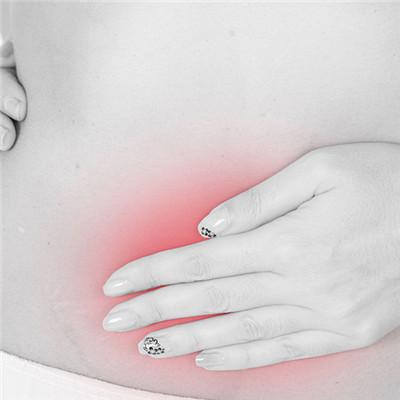
8. There is a lump in the lower abdomen. 9. Sudden lower abdominal pain. 10. Perineal trauma or foreign body. 11. Deformity of external genitalia. 12. The breast is undeveloped and the body is hairy.
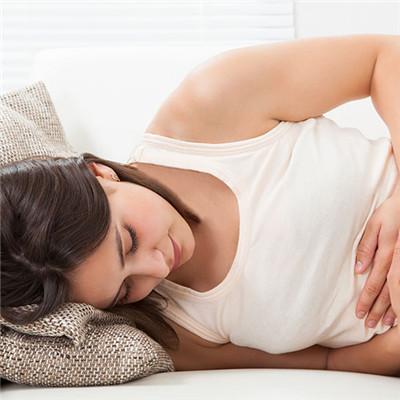
matters needing attention
1. Self check of leucorrhea. Leucorrhea is a barometer of the health status of female reproductive organs. Once the color, texture and smell of leucorrhea are abnormal (such as stinking, purulent, bean curd residue, etc.), they should go to the hospital for examination. 2. Self check the regularity and amount of menstruation, such as delayed menstruation, or simply amenorrhea or excessive menstruation, may be the signal of polycystic ovary syndrome, uterine fibroids, submucosal fibroids and other gynecological diseases. 3. Breast self examination. The breast is also a place of right and wrong. Women should pay special attention to it and often look and touch it, so as to find out the hidden danger as soon as possible. The best time for breast self-examination is one week after menstruation every month. It can be carried out before bathing, sleeping and getting up in the morning.

